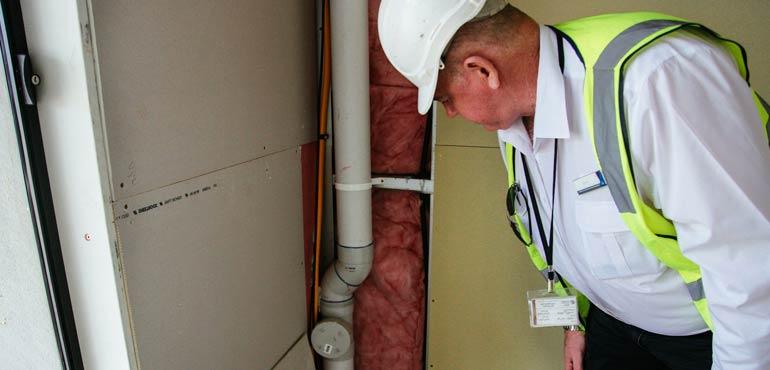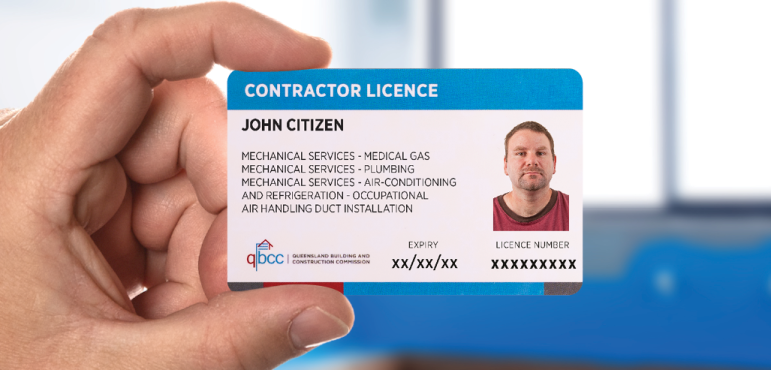So, the QBCC doesn’t have members?
There’s a common misconception that the Queensland Building and Construction Commission (QBCC) operates like a membership body. We’d like to clear that up.
Holding a QBCC licence is not the same as joining a professional association. It’s not about membership benefits or optional affiliation. A QBCC licence is a legal requirement for carrying out building work in Queensland valued more than $3,300. It shows you’ve met the necessary standards to work safely and professionally in the building and construction industry.
Think of it like a driver’s licence. Holding a driver’s licence means you're legally allowed to operate a vehicle—and that you’ve demonstrated the knowledge, skills, and responsibilities required to do so safely.
Similarly, your QBCC licence means you have the right qualifications, experience, and financial standing to legally carry out building work in your class.
And just as driver’s licence fees contribute to road safety programs, traffic enforcement, and licensing services, your QBCC licence fees support industry regulation—such as education, compliance and enforcement activities—to help maintain a fair and safe construction industry for all Queenslanders.
This distinction is important.
Your QBCC licence plays a critical role in building trust with customers. It assures home owners that you’re qualified to undertake the work, that you understand your legal responsibilities—including contracts and the Queensland Home Warranty Scheme—and that you’re committed to meeting the standards required in Queensland’s building industry.
It’s also worth noting that like other highly regulated professions—such as medicine or accountancy—building and construction involves ongoing responsibilities and the need to keep up with changes in standards, laws, and expectations. Doctors and chartered accountants must maintain registration and certifications to continue practising, because their work carries significant responsibilities. So does yours. As of the 2024–25 financial year, there were more than 122,700 licensees registered with the QBCC—representing around 2.2 per cent of the Queensland population when including both individuals and companies.
With numbers like that, it’s more important than ever to make sure your work speaks for itself.
So, while we’re not a member organisation, as part of the Queensland Government we play a vital role in supporting licensees and protecting their lives and livelihoods. A QBCC licence isn’t a subscription—it’s a professional obligation, backed by the systems and services that keep Queensland’s building and construction industry resilient and thriving.


